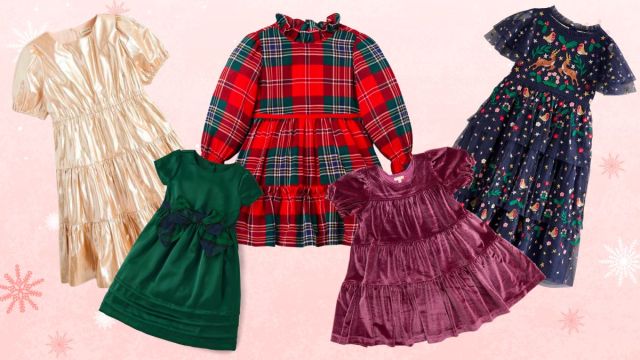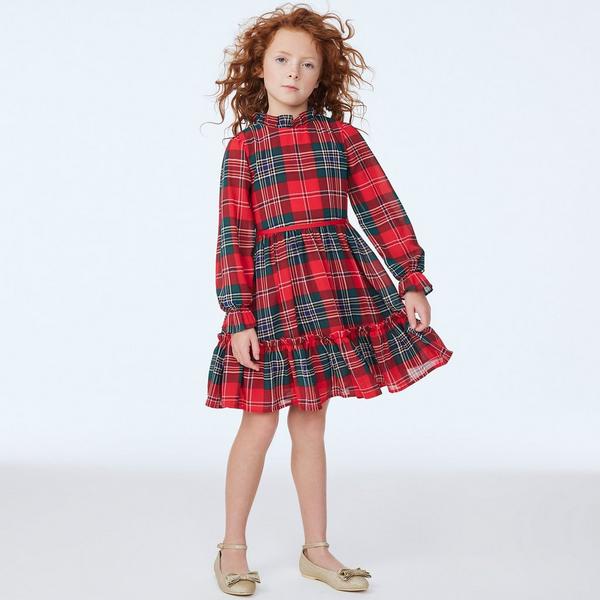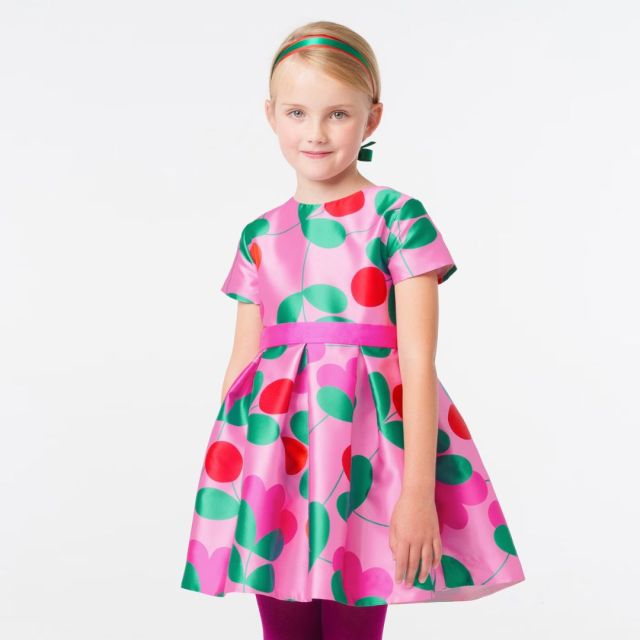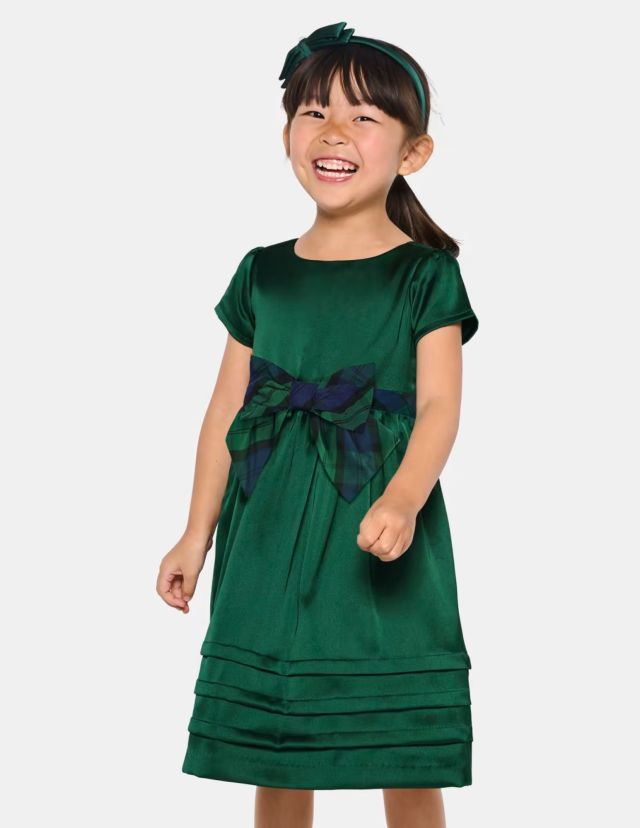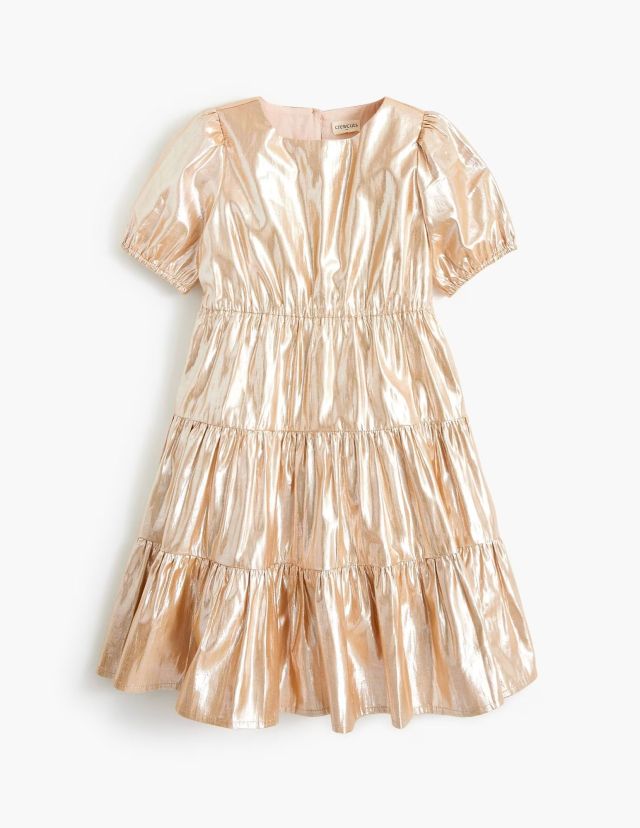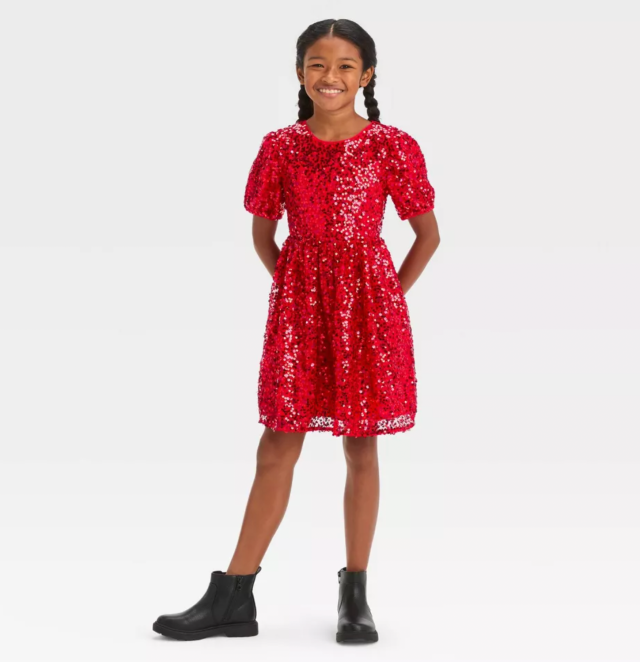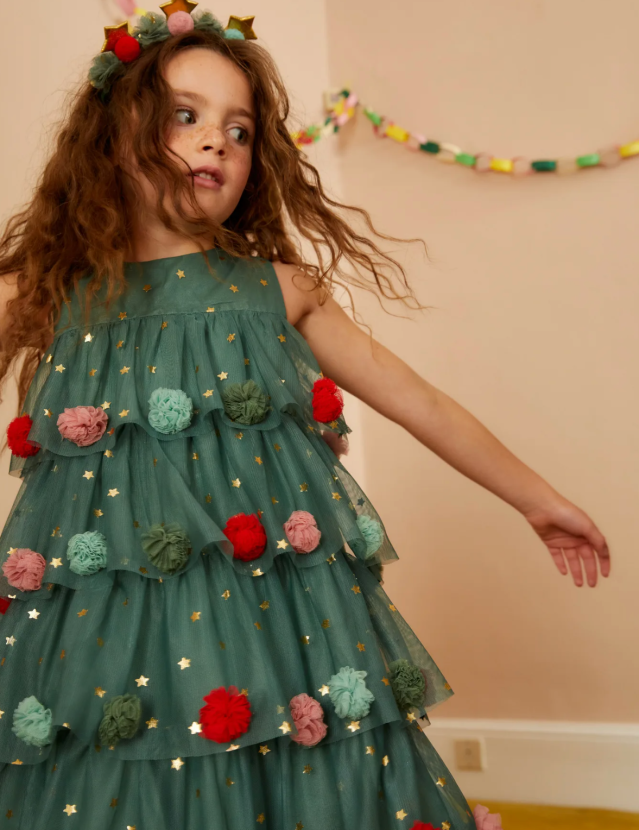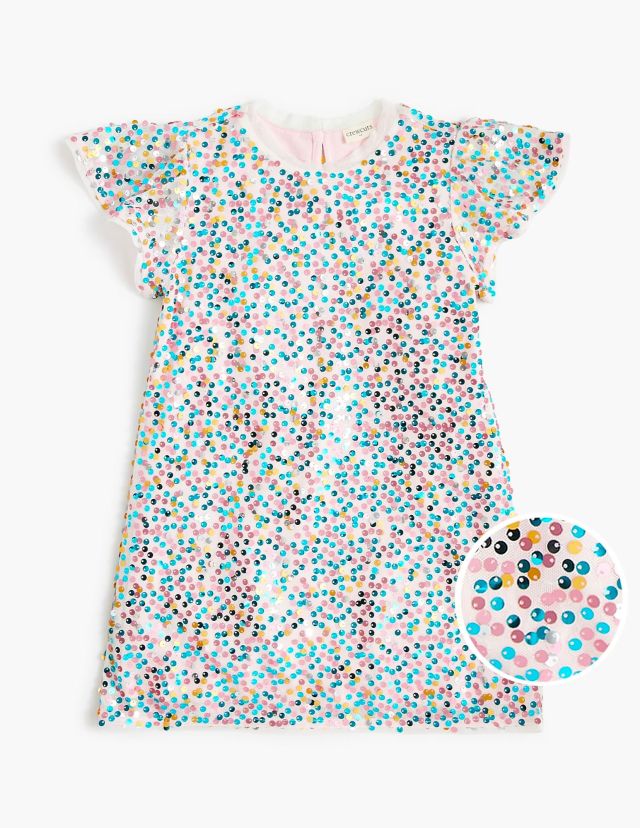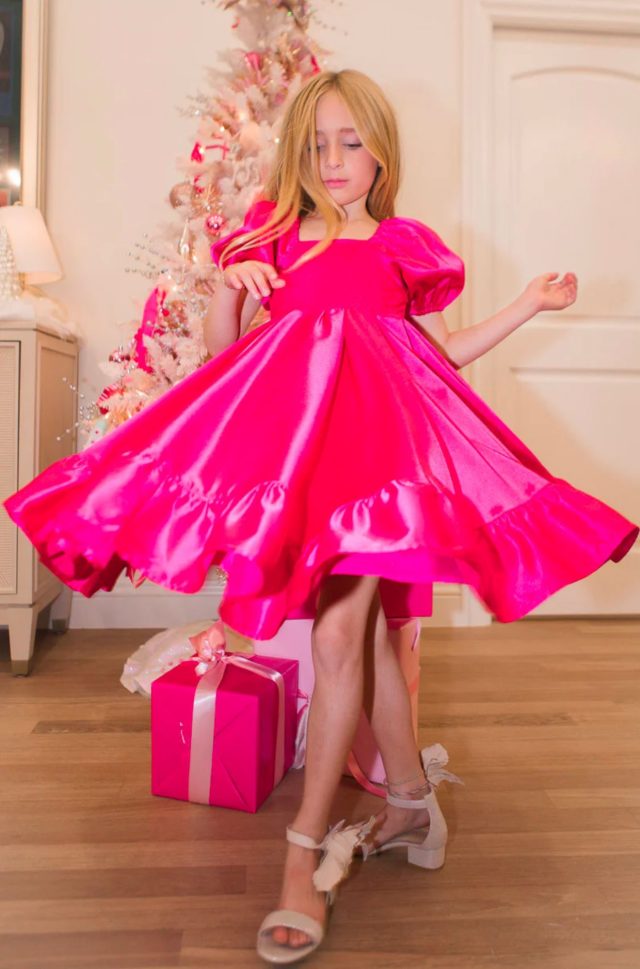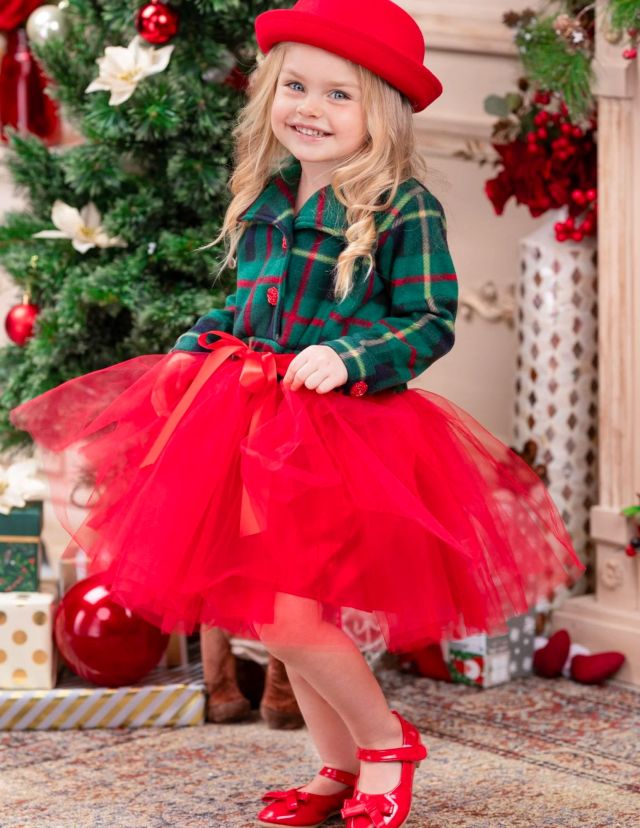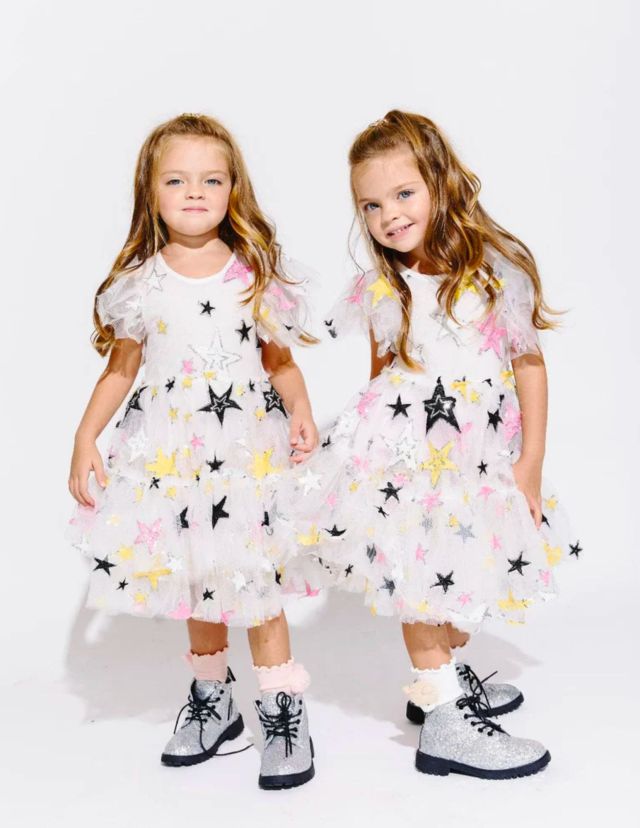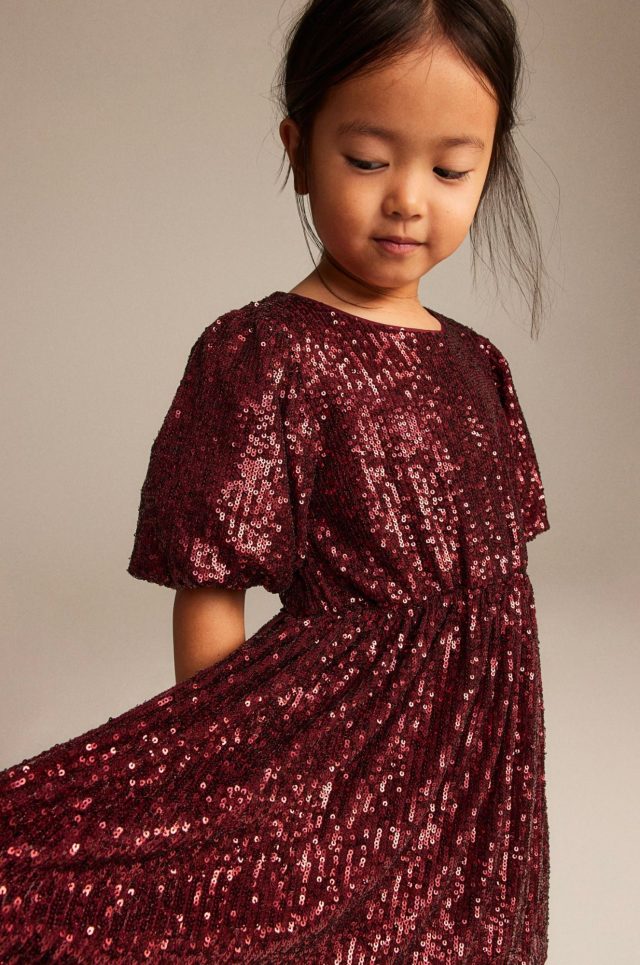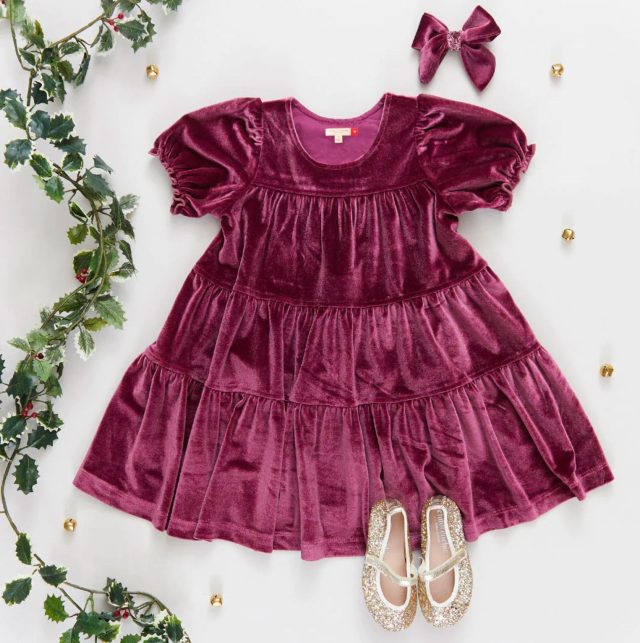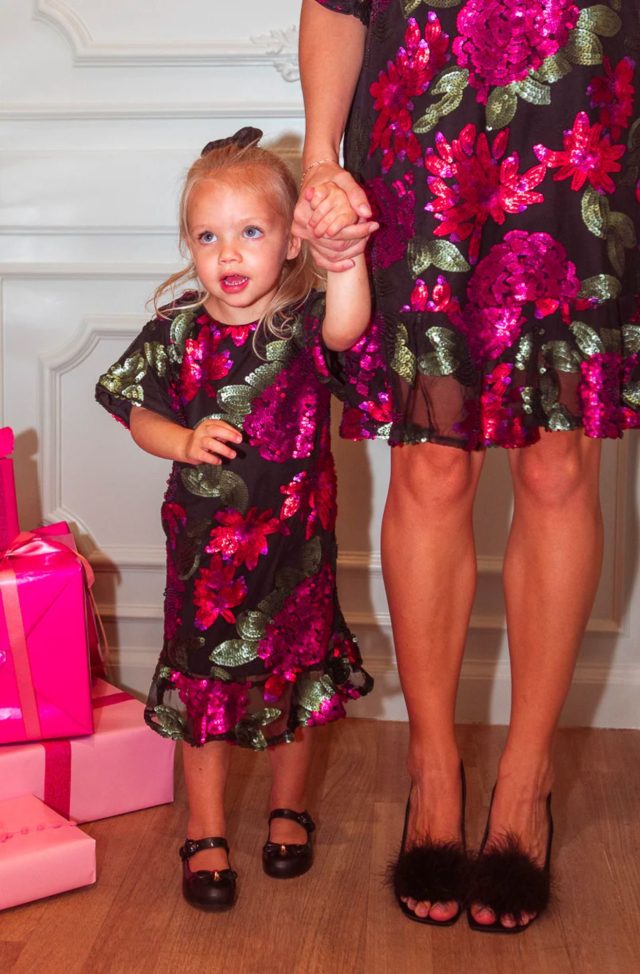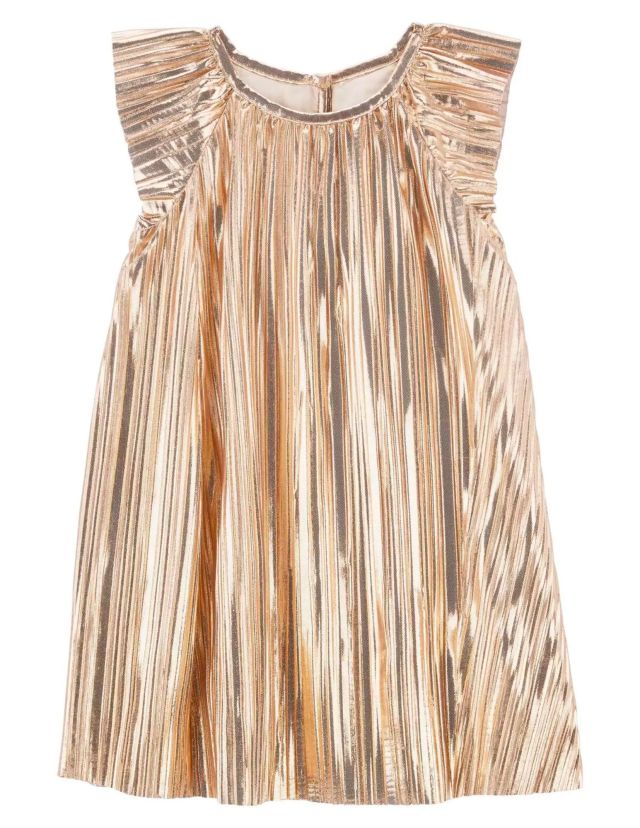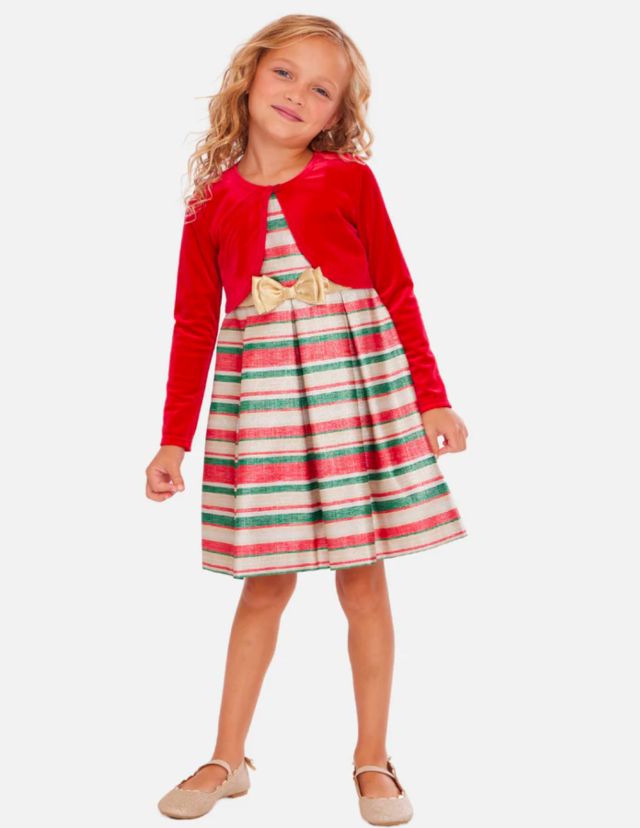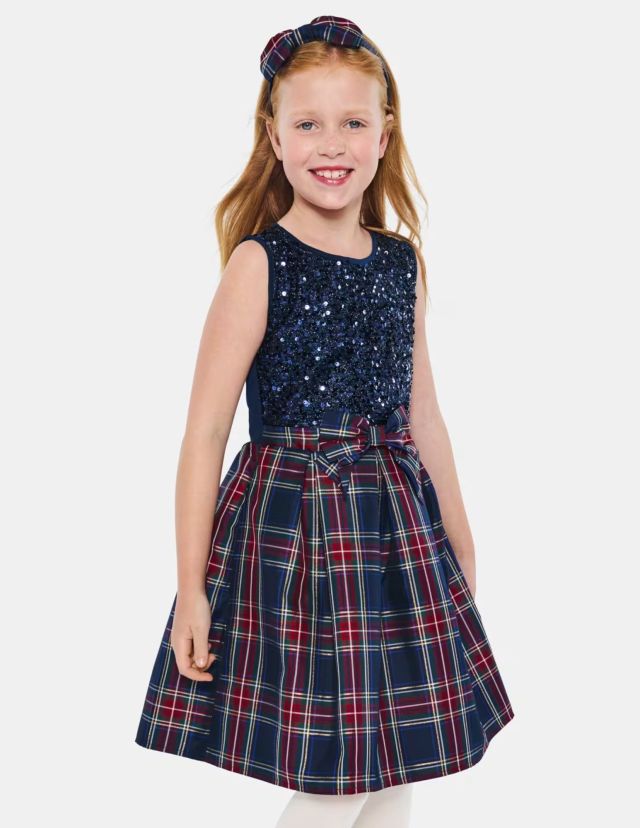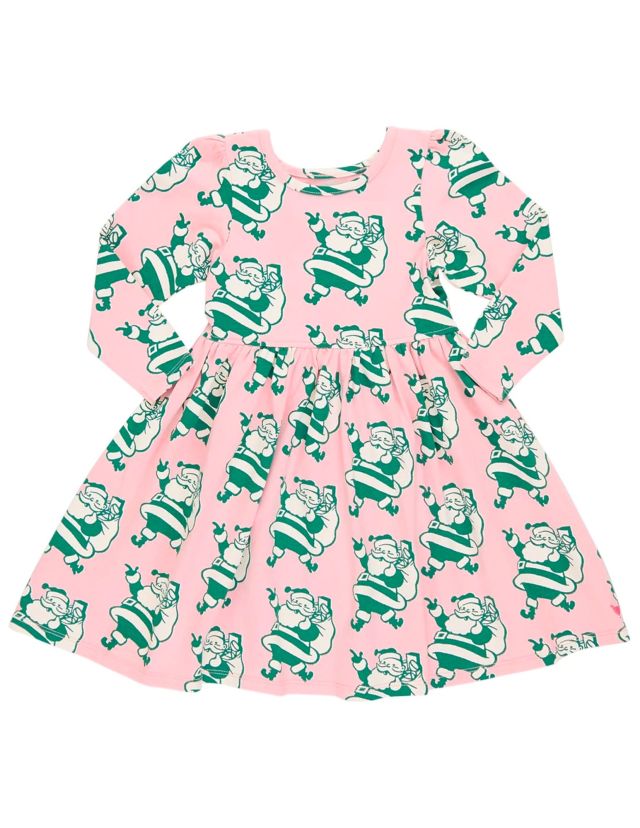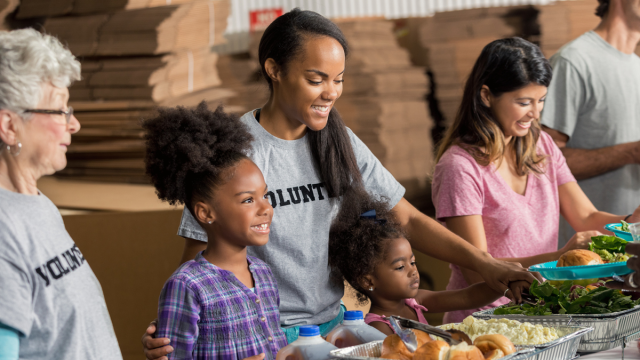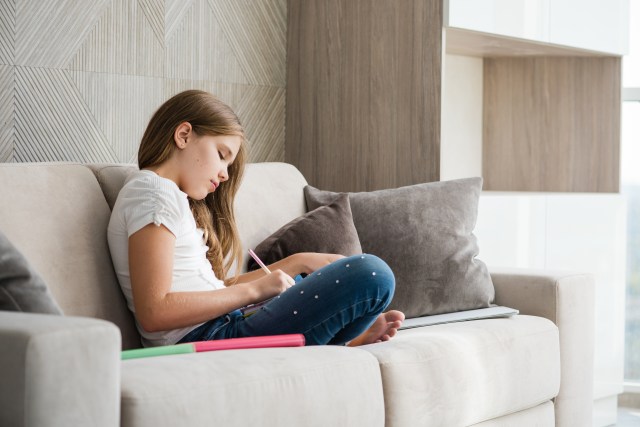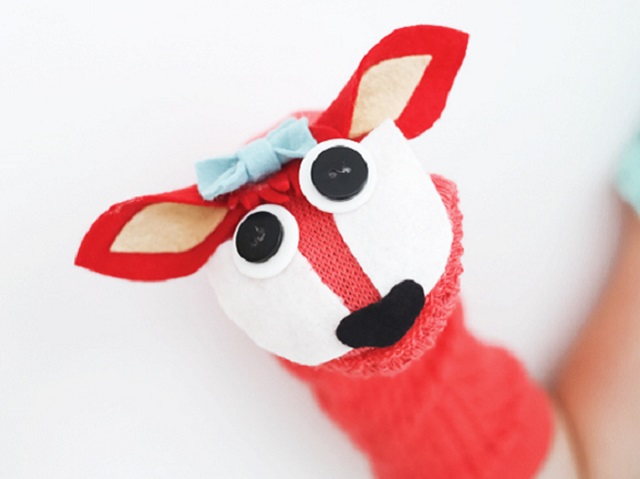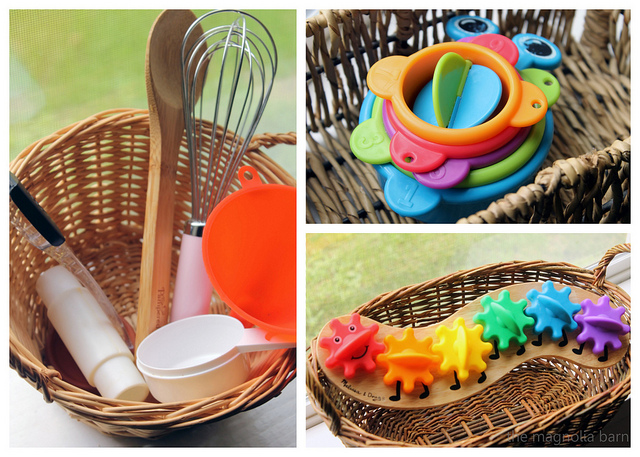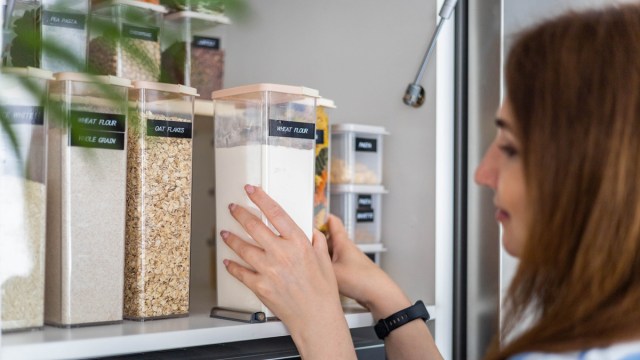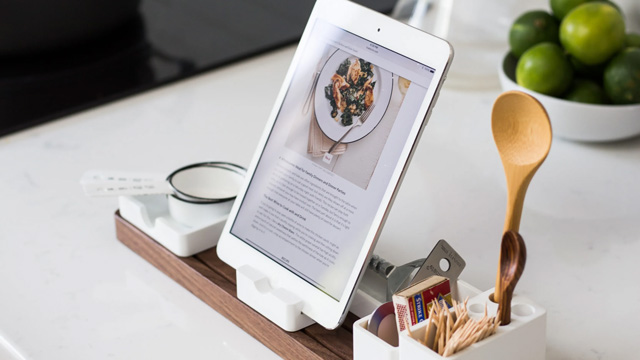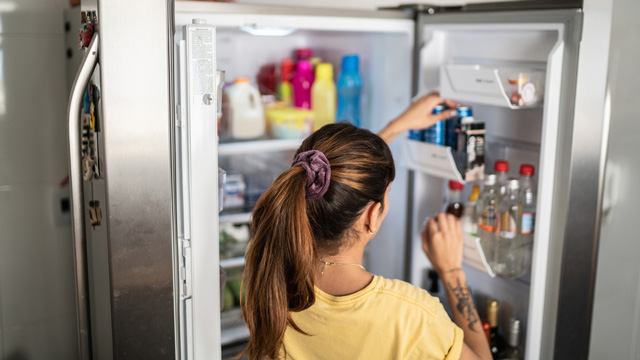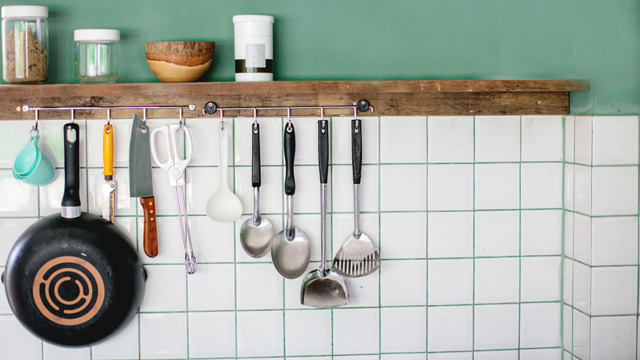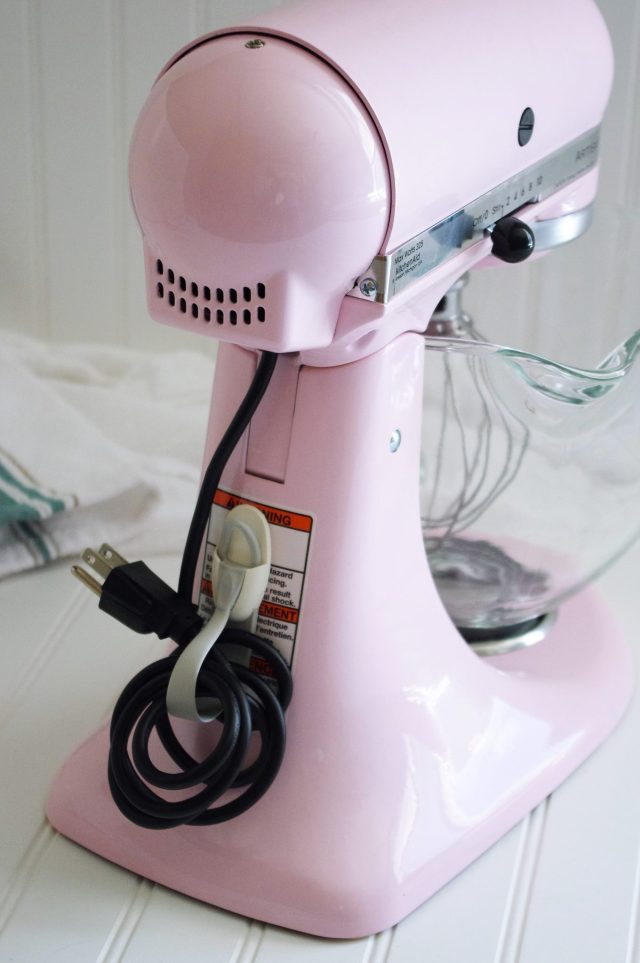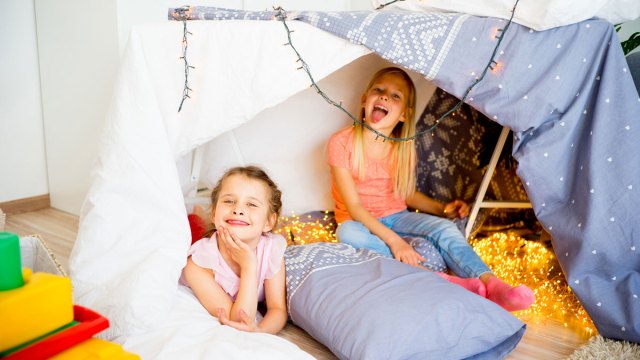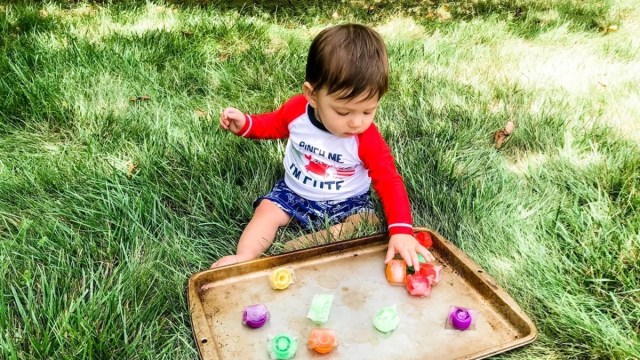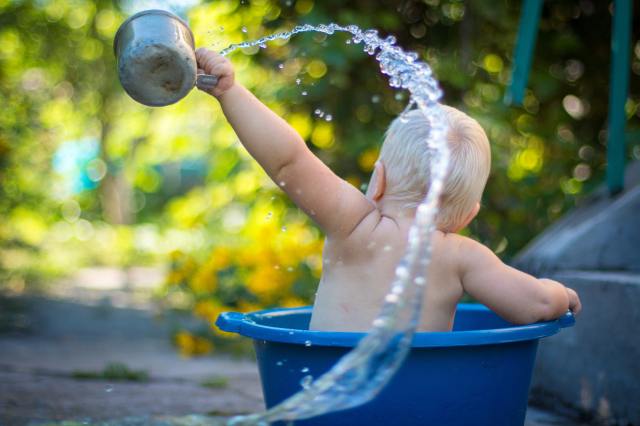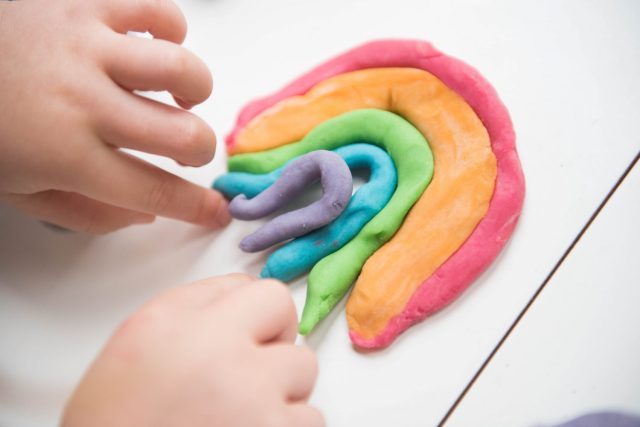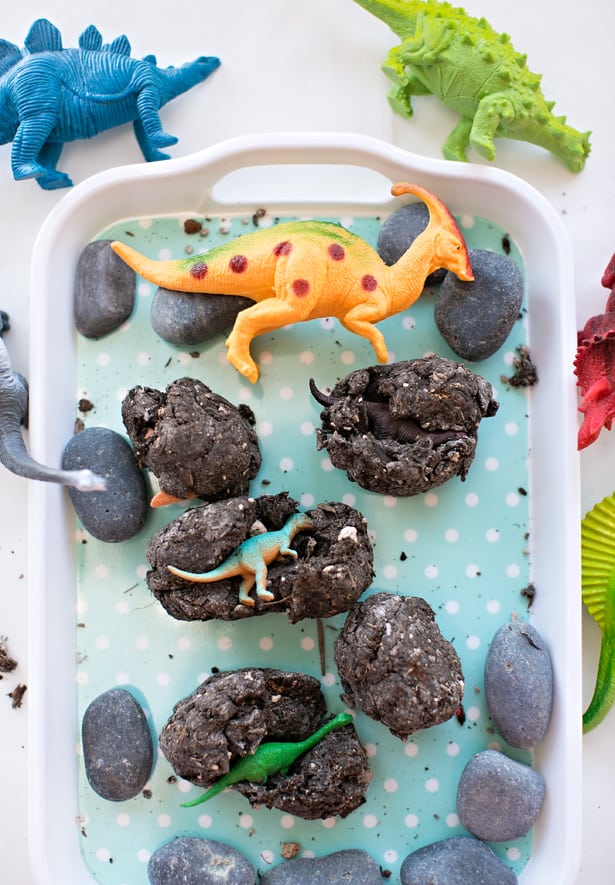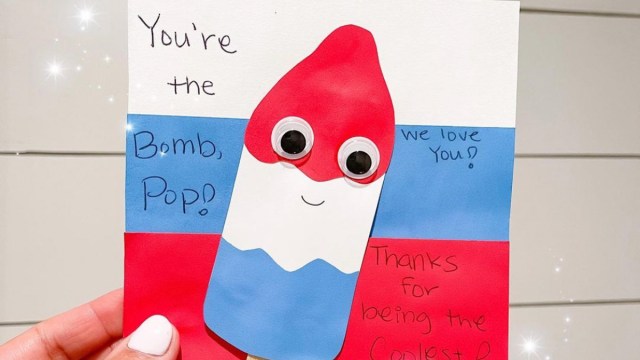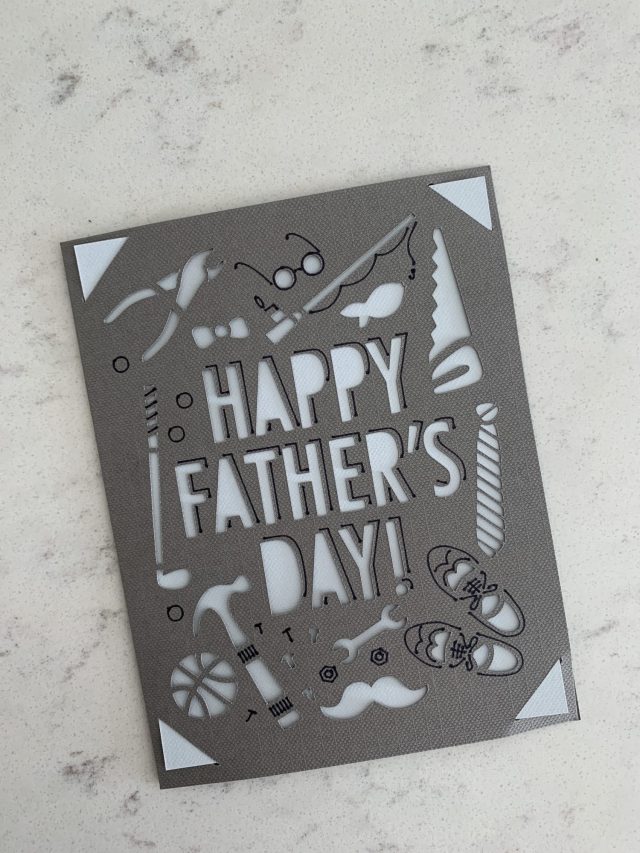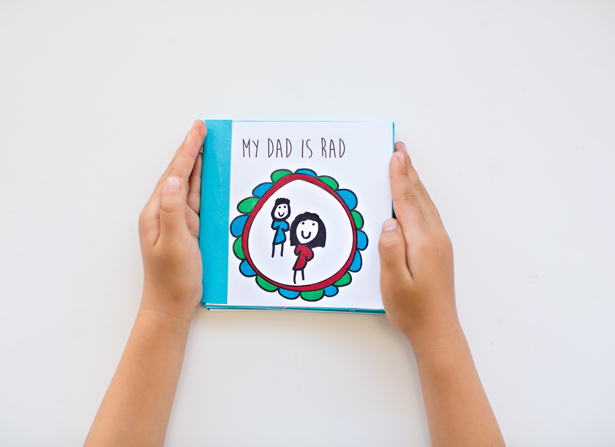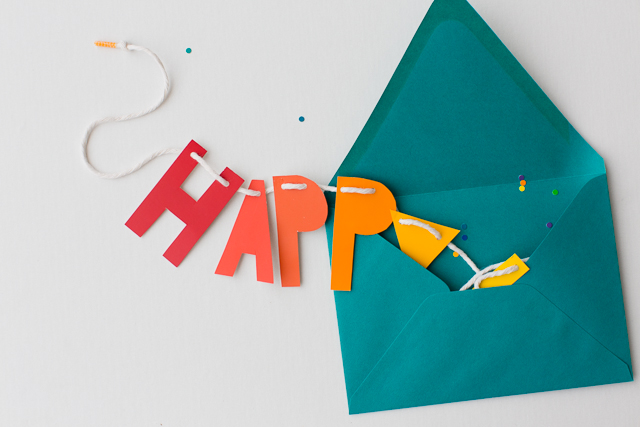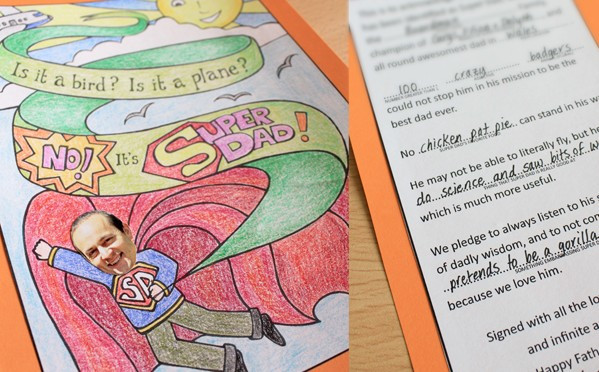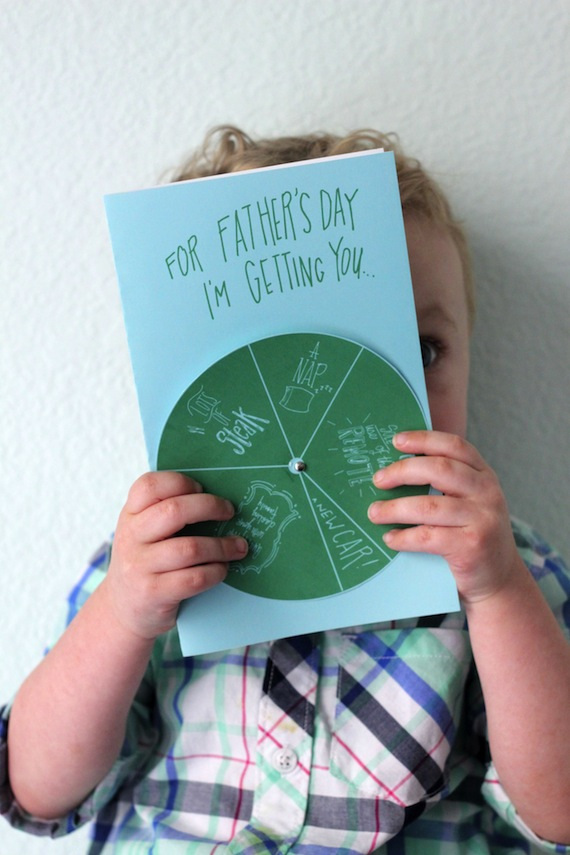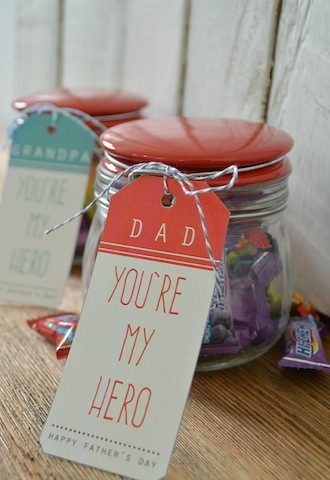Keep your little one in good spirits right through New Year’s Eve with these relative wrangling, calendar managing, baby prioritizing tips
The holidays can be a magical time, especially when there’s a brand-new little one to share in all the sparkly joy. But when too many seasonal happenings pile up on top of baby duties, your stress levels can get dialed up to 11, making the magic feel more like madness. To help you pull off the perfect balancing act of keeping your sanity and making precious new memories, we came up with a list of do’s and don’ts for your baby’s first Christmas.
1. Do take lots of pictures. You’ll delight in looking back at the shots of your bundled-up little one exploring their first snow day or banging away with their first dreidel.
2. Don’t feel pressure to make a big holiday meal from scratch. Unless you adore cooking and wait months for the chance to roast a turkey, this may be the year to order a pre-made meal or host a festive potluck.
3. Do respect your baby’s schedule. If your little one has settled into a routine, staying up late for too many nights can lead to joy-smashing meltdowns. Whenever it’s possible, keep up with nap and bedtime routines, and you and your little one will be well-rested and ready for holiday adventures.
4. Do take advantage of all the relatives’ love. If Aunt Jeannie wants to hold the baby for a few hours, it’ll give you the perfect opportunity to shower or take a walk. For many modern parents living far away from extended family, the holidays are the only time to have a village of support, so make the most of it!
5. Don’t be afraid to say no. If you’re too tired to go to midnight mass or attend however many holiday parties, skip it. Feel free to make liberal use of your awesome excuse: I just had a baby. The holidays are no fun if nerves are frayed and little ones are wailing, so throw out the rules and preserve a little space for rest.
6. Do take time to fit in something special to you, whether it’s driving around to see holiday lights or devouring gingerbread men. If you have the energy, you can start a family tradition, like reading ‘Twas the Night Before Christmas by candlelight, but keep it low-key. You have many more holidays in your future to create new traditions with your wee one!
7. Do bring a carefully selected bunch of baby necessities along if you’re traveling, like a favorite blanket and beloved pacifier. Ask the grandparents to have all the other essentials ready when you arrive, like diapers in the right size, so you can settle right in and get to celebrating. As for how to handle flying with a baby, check out our helpful tips here.
8. Don’t feel compelled to take a long trip. If your little one is only a few weeks old, or you’re exhausted from balancing work and new mama-hood, celebrate your baby’s first Christmas at home. Keeping it low-key means instead of risking being snowed in at an airport with a newborn—you can schedule a family visit for another time with less pressure and less risk of airplane delays.
9. Don’t blow your budget on expensive gifts. Babies don’t need a ton of shiny new toys to unwrap–most are just as happy with an empty box and a classic wooden rattle. On the other hand, if you still need a few choice pieces of baby gear, like a jogging stroller, the holidays can be a perfect time to ask Santa to slip a little something under the tree for you both.
10. Do take walks in a winter wonderland. Bundle up and get outside. With a few extra layers, babies can marvel at the sparkling snow. Plus, a little fresh air keeps the cabin fever away.
11. Do remember that while this may be your baby’s first Christmas, it’s not the only holiday. You’ll have many years to introduce your kiddo to pumpkin pie and sleigh rides. Keep it simple and focus on what’s meaningful and what brings you and your family joy.
Make sure to capture all the memories—and share them with your family and friends near and far—with the Tinybeans app. The secure platform puts parents in total control of who sees and interacts with photos and videos of their kids.






